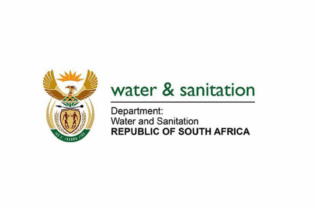A recent Water Research Commission study looking into municipal water tariffs of 15 South African municipalities reports that the primary driver of water service tariffs is the quest to balance tariff revenues with explicit financial costs. Given that the National Government requires this balance, and it is a prudent financial practice, the question arises whether this aspect of municipal water service management is in a sound and healthy state. The study was led by Prof Stephen Hosking of Nelson Mandela Metropolitan University.
The water supplied by South African municipalities may be categorised into: non-tariff water, water charged at average financial cost (the tariff level), and water charged to balance total revenue with total financial cost. Non-tariff water relates to all water losses and water services supplied at no charge or without National-Government subsidy support. Water services are charged at their average financial cost of production to government, selected businesses, other municipalities and residents whose tariffs are paid out of equitable share on their behalf by National Government. The remainder of water service users are charged in a way that balances total revenue with total cost, namely, full tariff-paying residents and businesses not qualifying for average cost tariffs. Revenue (and captured consumer surplus) is maximised from this group by means of price discrimination. Those who are prepared to pay more for their water are charged more for it, and the latter are targeted in terms of how much they demand. The more service that is demanded the higher the unit rate charged – an increasing block tariff structure.Unfortunately, not all the findings of the survey were as positive. It was also found that the financial information that is available to calculate the water service tariffs was often inadequate, costs of provision of services were underestimated and important environmental costs were excluded. More seriously, it was found that there was widespread ignorance and perhaps even disregard in some cases of the demand for municipal water services.
Source: Water Research Commission






